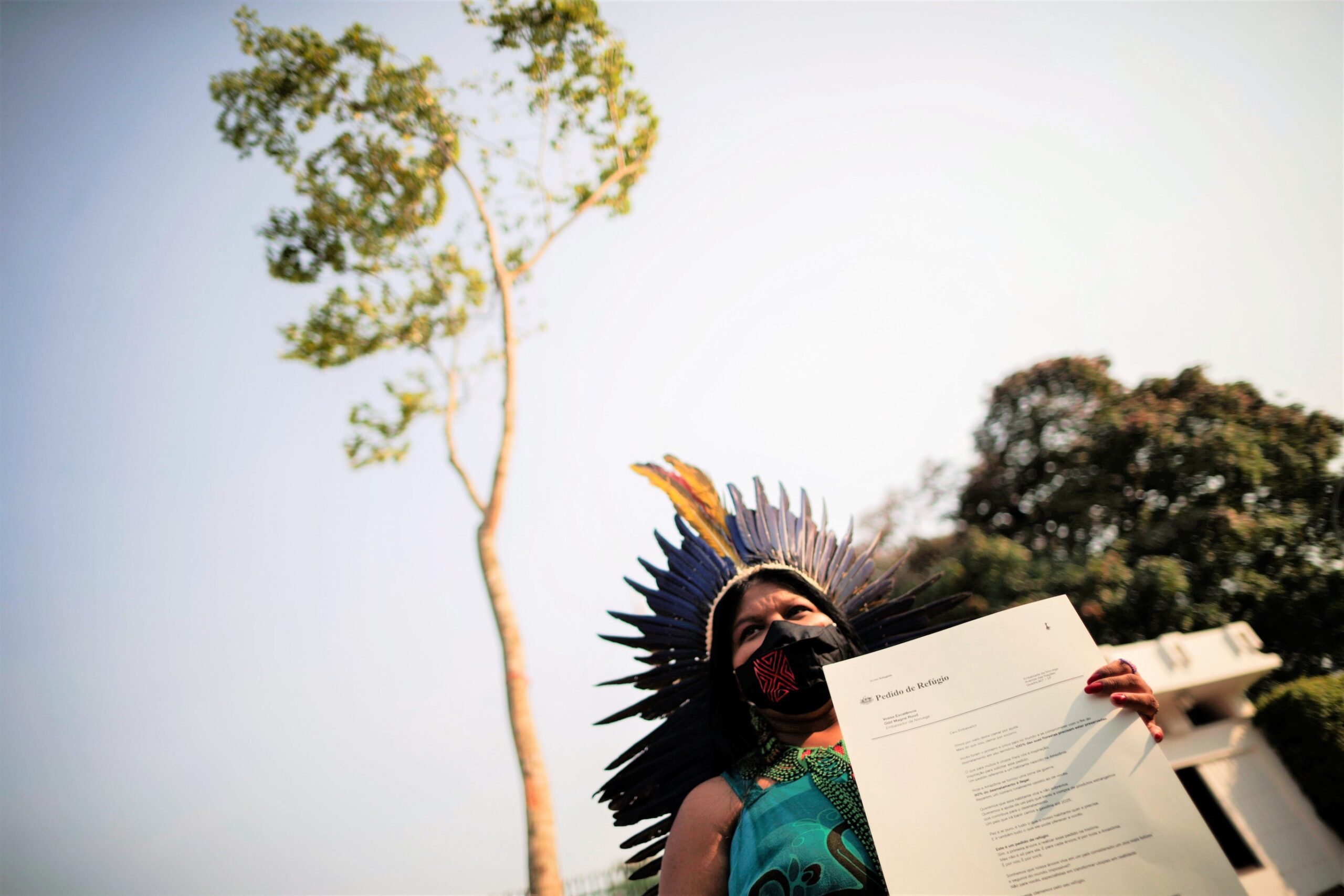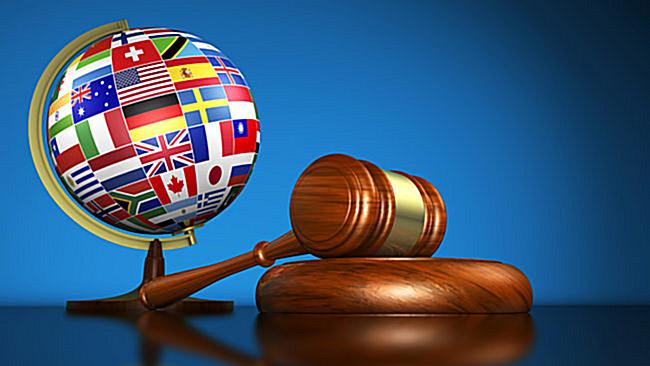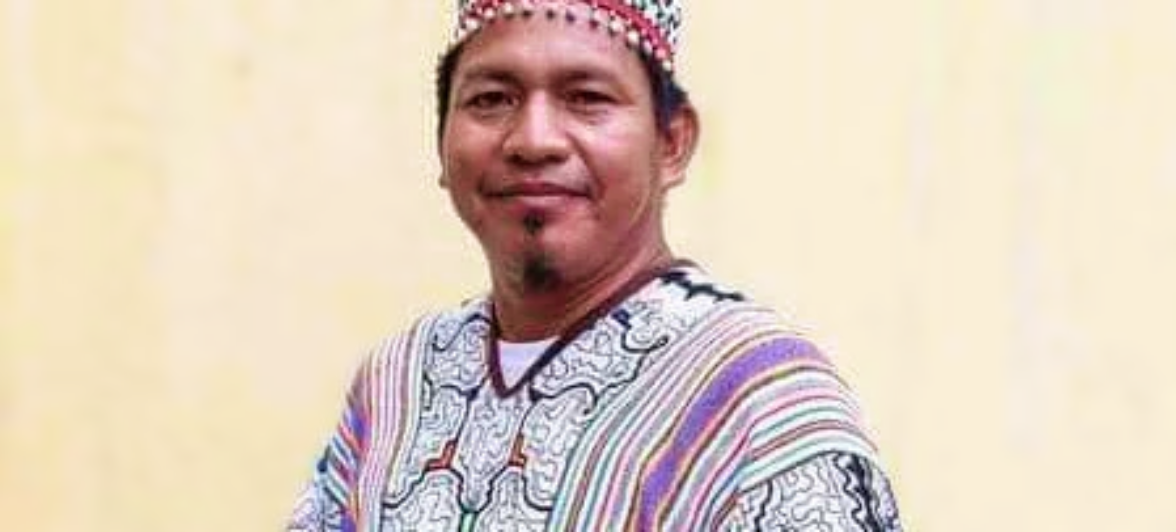In a damning report released today, Amnesty International has confirmed that Bangladeshi authorities unlawfully used lethal and less-lethal weapons against student protesters during the recent quota-reform protests. The six-day nationwide internet shutdown and communication restrictions have severely impeded human rights monitoring, but Amnesty’s analysis of available video and photographic evidence reveals a grim picture of state-sponsored violence.
Shutdown and Crackdown
Internet access in Bangladesh was partially restored on July 23 after six days of a complete shutdown. During this volatile period, the government imposed a curfew, deployed the army, and issued shoot-on-sight orders to quell the protests. The limited information coming out of the country has hampered human rights monitoring, but Amnesty International and its Crisis Evidence Lab have verified videos showing unlawful use of force by law enforcement agencies.
Unlawful Use of Force
Deprose Muchena, Senior Director at Amnesty International, emphasized the gravity of the situation, stating, “The verification and analysis of video and photographic evidence trickling out of Bangladesh paint a grim picture. The egregious human rights records of the Bangladeshi government and the Rapid Action Battalion (RAB) provide little reassurance that the protesters’ rights will be protected in the absence of active international monitoring with internet and communication restrictions still partially in place.”
Abusive Use of Less-Lethal Weapons
One verified video from July 18 shows a protester, Shykh Aashhabul Yamin, injured and unconscious on top of an Armoured Personnel Carrier (APC). Subsequent footage shows police officers dragging his body off the vehicle, causing his head to hit the pavement. Despite the presence of 12 officers, none attempted to provide medical aid, a violation of the United Nations Basic Principles on the Use of Force and Firearms by Law Enforcement Officials.
Dangerous Use of Tear Gas
Another video from July 18 captures an officer firing tear gas through a closed gate at BRAC University in Dhaka, where student protesters were gathered. Firing tear gas into an enclosed space with no means of escape constitutes unlawful and unnecessary use of force, resulting in injuries to at least 30 people.
Use of Lethal Firearms
A video clip from July 20 shows an officer firing an AK-pattern assault rifle during the protests in Dhaka’s Rampura neighborhood. Firearms are inappropriate for policing assemblies and should only be used when there is an imminent threat of death or serious injury. The use of shotguns and grenade launchers by police officers in full riot gear was also documented in the same neighborhood.
Calls for Immediate Action
Deprose Muchena urged the Bangladeshi authorities to immediately lift shoot-on-sight orders, fully restore internet access, and end the use of army and paramilitary forces in policing protests. He called for an independent and impartial investigation into all human rights violations committed by security forces, emphasizing the need for accountability and reparations for victims.
Background
Since the protests turned deadly on July 16, 2024, media reports indicate 2,500 arrests, nearly 200 deaths, and several thousand injuries. Other reports state that 61,000 people have been charged with violence related to the protests.






